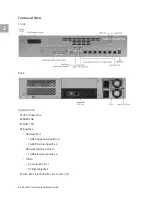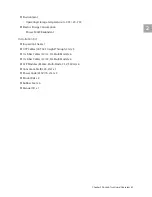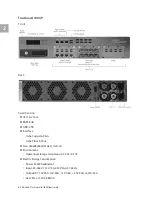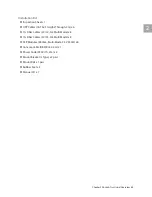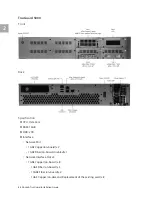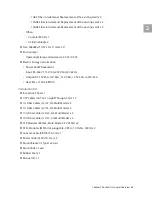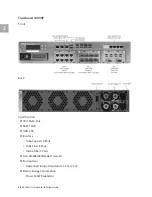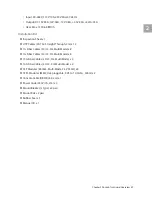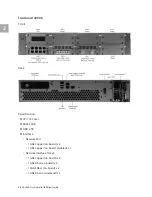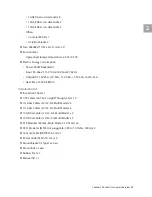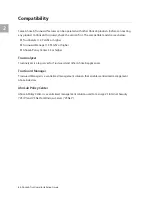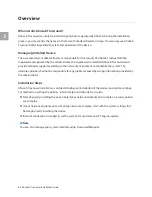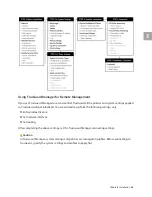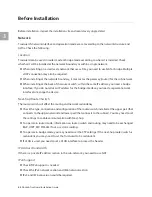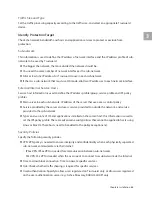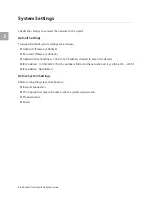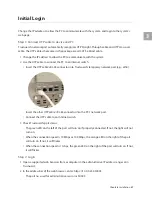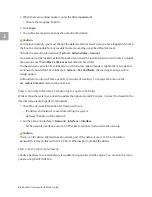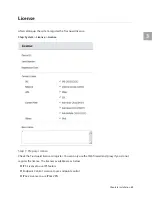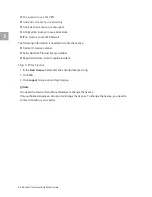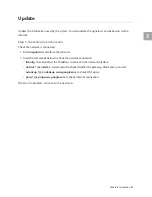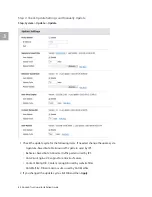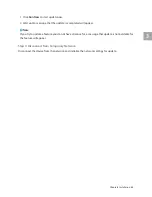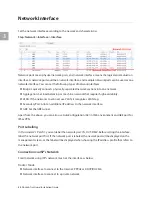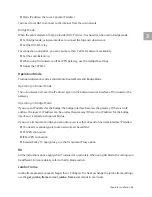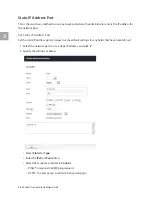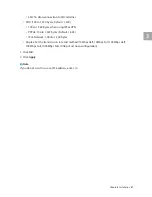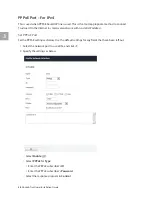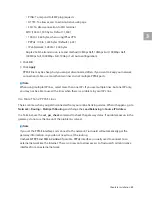
3
44
AhnLab TrusGuard Installation Guide
Before Installation
Before installation, inspect the installation site and record every single detail.
Network
TrusGuard’s network interface and operation mode are set according to the network structure and
traffic. Check the following:
Location
TrusGuard can be used in router mode or bridge mode according to where it is installed. Check
whether it will be installed at the network boundary or within a single network.
When installing on a small-scale network that uses xDSL, you need to use NAT or bridge. Multiple
xDSP connection may also be required.
When installing at the network boundary, it must act as the gateway (router) for the sub-network.
When installing at the back of the router/switch, within the same IP address, you need a bridge
interface. If you do not allot an IP address for the bridge interface, you need a separate network
interface to manage the device.
Next-hop Router/Switch
The router/switch will affect the routing and network redundancy.
Check the type, connection and configuration of the router/switch installed at the upper part (that
connects to the upper network) and lower part (that connects to the subnet). You may need to set
the settings to enable communication with Next-hop.
To operate in router mode, information on router/switch and routing may need to be exchanged:
BGP, OSPF, RIP, PIM-SM. If not, use static routing.
To operate in bridge mode, you may need to set the STP settings. If the next-hop router/switch is
redundant, you may need to set the TrusGuard to be redundant.
If VLAN is used, you need to set a VLAN interface to process the header.
IP Address Bandwidth
If there is a private IP address section in the sub-network, you need to use NAT.
IPv6 Support
Check if IPv6 support is needed.
Check the IPv4 network section and IPv6 network section.
IPv4 and IPv6 conversion could be required.

